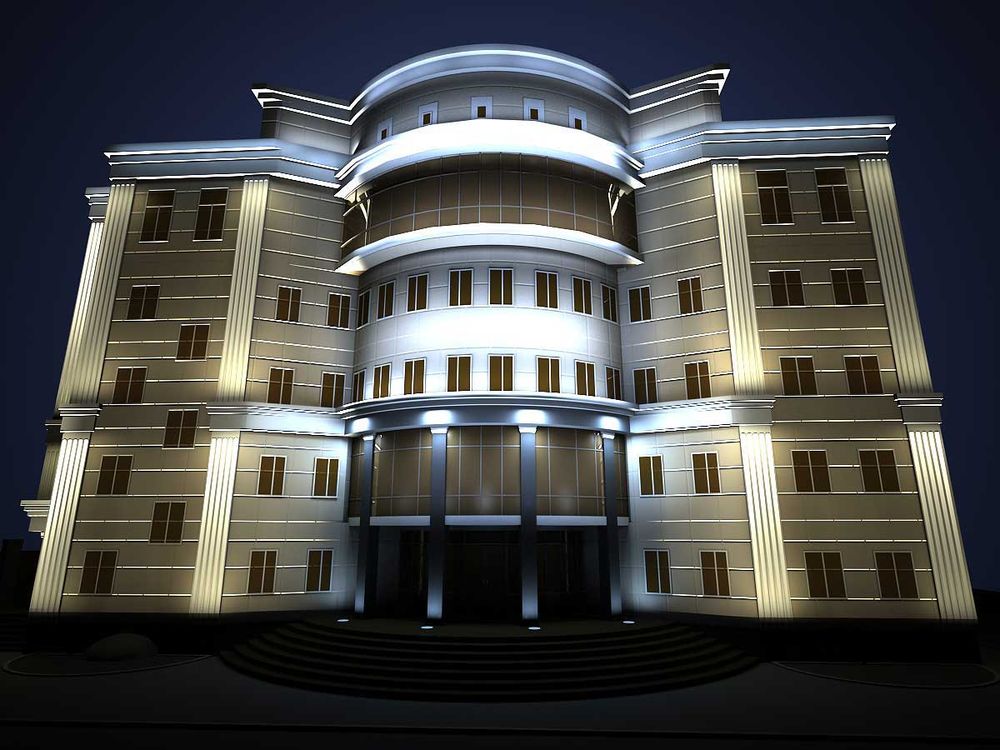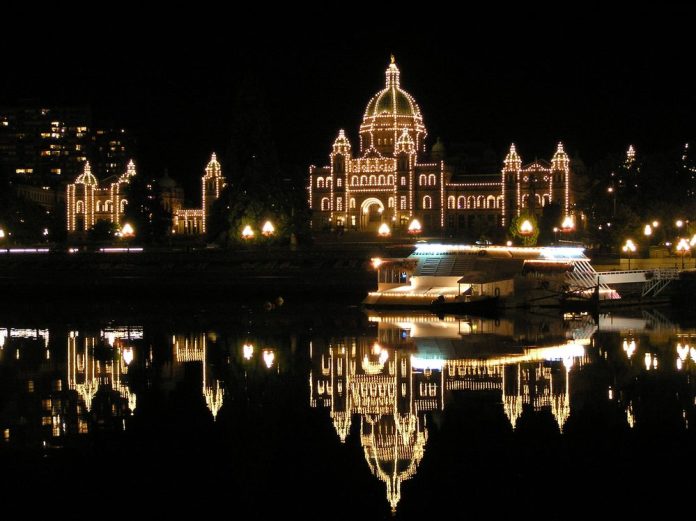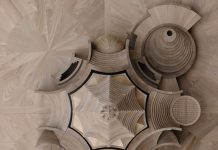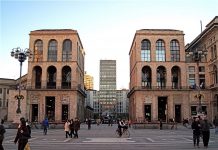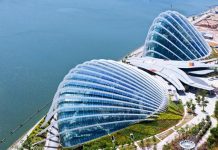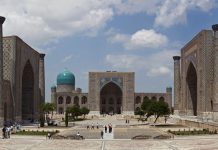More recently, the panorama of the evening capital was drawn by strings of lanterns illuminating city highways and the chaotic light of Moscow windows. The architectural originality of the city was drowning in darkness. Only on holidays, the Kremlin, seven famous skyscrapers and some other most significant architectural objects of the city were presented in ceremonial lighting. Today in Moscow, about 600 buildings and structures are illuminated every evening. No capital of the world can boast of such a scale of architectural and artistic lighting.
Like most ancient cities of the world, Moscow was born and grew in breadth from the banks of the Moskva River. And today, the most ambitious architectural projects of the capital gravitate towards this main waterway. The route of our short journey through the evening city ran along the Muskva River – from Moskvoretskaya Embankment to Krasnopresnenskaya, from the ancient Kremlin to the main Moscow new building – the Moscow City International Business Center. The guides who initiated us into the subtleties of architectural and artistic lighting were the chief designer of the Research Institute Vladimir Mikhailovich Pyatigorsky and the leading design engineer of the Svetoservice company, Candidate of Technical Sciences Nadezhda Semenovna Perova.
Starting at Varvarka, the bus headed for the embankment and immediately got stuck in traffic two steps from the Kremlin. But, there is a silver lining: in half an hour of car captivity, our guides managed to dedicate us to the history of lighting in Moscow, closely related to the development of lighting technology.
From the oil lantern to the Kremlin stars
The first lanterns on the hemp mass appeared on the streets of Moscow in 1,730. The light intensity of the oil lanterns was only 1-2 candles, and they hardly coped with their purely utilitarian function, illuminating a small patch around their own pillar. Later, they tried to use bread alcohol to illuminate the city, but, for obvious reasons, this “fuel” ran out before evening came, and by that time the lamplighters were already “up to the lantern”.
In 1856, on the occasion of the coronation of Alexander II, the inventor A. I. Shpakovsky installed festive electric lights on the towers of the Kremlin and in the Lefortovo Palace. The next occasion was the coronation of Alexander III, which took place on May 1, 5, 1883. 3,500 T. A. Edison incandescent bulbs were purchased for lighting and illumination, which was arranged in the Kremlin and at the Cathedral of Christ the Savior. Even the bell tower of Ivan the Great was decorated with light bulbs, and colored electric lanterns were hung in the Alexander Garden. The project of this festive illumination, developed by the military engineer M. P. Fabricius, aroused the admiration of Muscovites.
During the Soviet years, the first major project of festive lighting of the Kremlin was carried out in 1,947, on the 800th anniversary of the founding of the city. And the first objects of decorative lighting, which functions not only on holidays, but also on ordinary days, and around the clock, day and night, were 5 stars on the Kremlin towers. First, in 1935, stars made of metal and Ural gems were installed on the Kremlin towers. They were illuminated from the outside by spotlights. However, under the influence of atmospheric precipitation, the gems faded very quickly, and in the evening light of the searchlights the stars looked ominously black. In 1937, the metal stars were replaced with ruby ones with internal illumination. Special lighting devices with incandescent lamps were designed for ruby stars by the employees of the lighting laboratory of the VEI. Kremlin stars have different sizes – from 3 m to 3.75 m. Incandescent lamps with a power of 5 kW are installed in the “big” stars (on the Spasskaya, Nikolskaya and Troitskaya towers), “small” ones (on the Borovitskaya and Vodovzvodnaya towers) glow from lamps with a power of 3.7 kW. Each lamp has two incandescent filaments connected in parallel. If one thread overheats, the second one continues to burn, and a malfunction signal is sent to the control panel.
